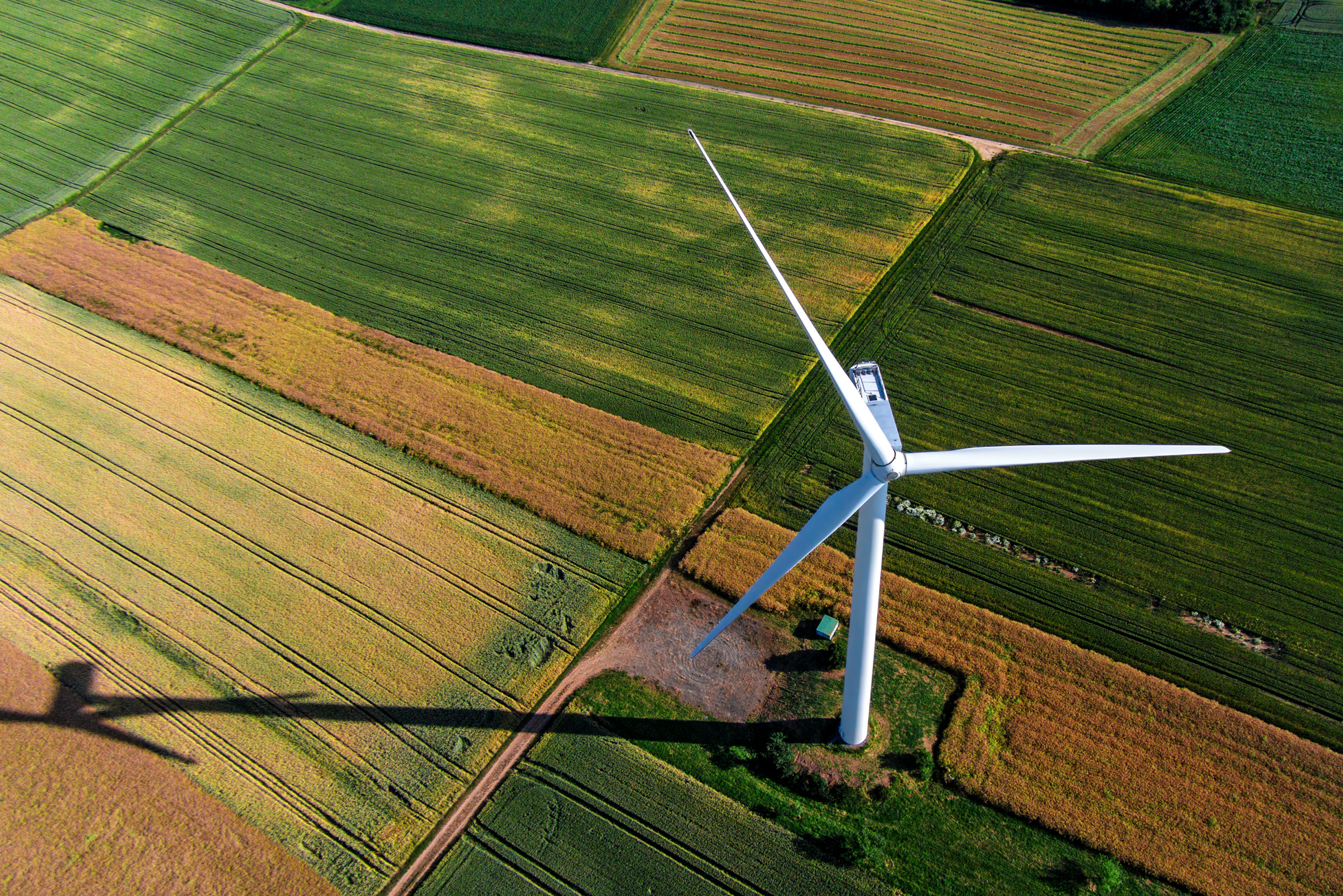Recent Renewable Milestones Show The Promise, Possibility of Going 100%
If you’re like us and follow renewable energy closely, the past few weeks have been nothing short of astonishing. Whether for several hours or in some cases days, a handful of European countries experienced periods of time where they needed only renewable energy to cover all or most of their energy needs.
We know we can have healthier communities right now and a livable future for kids growing up today. But to get there, we must transform the way we produce and consume energy. That’s got to start with a commitment to 100 percent clean, renewable energy.
If you’re like us and follow renewable energy closely, the past few weeks have been nothing short of astonishing. Whether for several hours or in some cases days, a handful of European countries experienced periods of time where they needed only renewable energy to cover all or most of their energy needs.
Here’s a quick summary:
From May 7 to 11, Portugal went 4 days — or 107 hours — powering their country with renewables. James Watson, CEO of SolarPower Europe, said of the milestone, “This is a significant achievement for a European country, but what seems extraordinary today will be commonplace in Europe in just a few years.”

In the United Kingdom, energy generated from coal hit zero several times over a week period. And on May 12, coal did not produce electricity for over 12 hours. This is being described as a “historic turning point” because it is thought to be the first time the UK has gone without coal since 1882 — when the first centralized coal-fired power plant in the world opened in London. The UK has prioritized clean energy, especially solar, and plans to totally phase out coal by 2025.
Germany was also in on the renewable energy fun. On May 8, they experienced such a windy and sunny day that renewables supplied 87% of their energy demand. Even crazier, power prices actually went negative for several hours, resulting in commercial customers getting paid to consume electricity. Germany is perhaps the most notable example, because they are the fourth largest economy in the world. They plan to fully transition to 100% renewable energy by 2050, setting a bold example for the rest of the world to follow.
It’s these types of milestones that give us the belief that reaching 100 percent can happen quickly. We didn’t even mention that Denmark has, on a couple of occasions, produced an energy surplus with renewables.
In the US, we’ve seen a growing number of towns and cities committing to go 100 percent, as well as large corporations like Google, Microsoft, and Coca Cola. And with the price of solar and wind energy lower than ever before, we expect many others to do the same. All things considered, what is clear is that getting to 100 percent is possible — it’s just a matter of how fast we can do it.


